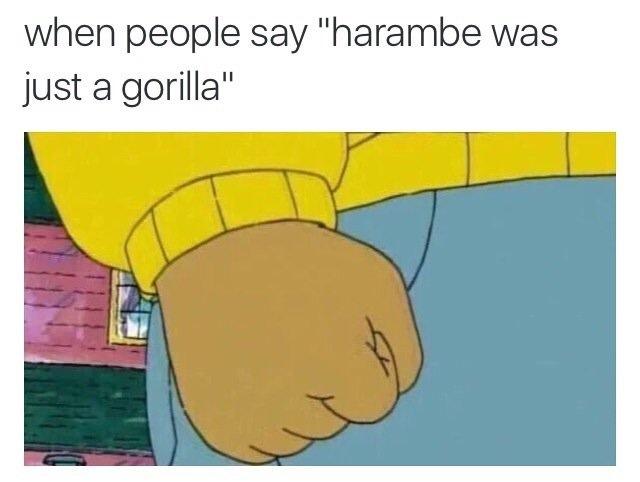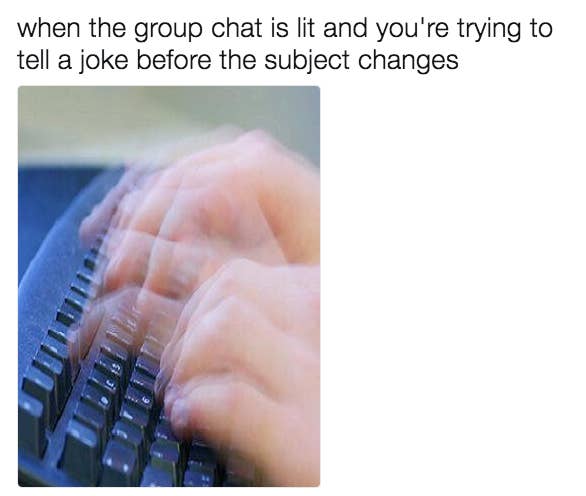They say an image is worth a thousand words. What does this image say to you? Two wedding rings connected by a chain. It seems to depict a couple together by force rather than by love. The controversial topic shown through the image is that of marital rape. Should marital rape be as punishable as rape between two people not married? Through common rhetorical devices, the creator of the image was able to show the bounds a woman or man feels when forced into sexual intercourse by their spouse.
Since some may be unfamiliar with marital rape, I am going to provide some background information. As of 1993, marital rape was considered illegal in all 50 states. However, many states still treat marital rape differently than rape outside of marriage. The punishment is not nearly as harsh for those who rape their spouses. In fact, a staff editorial states, “In Ohio, a woman can be drugged and sexually assaulted—legally—if the perpetrator is her spouse.” There are similar terms in other states in America. In countries across globe, marital rape is common. Arabian women especially face this crime with their husbands legally being able to force sex upon them. The image above perfectly encompasses the chains these women and men feel.
The image uses pathos to convince viewers of the emotion associated with marital rape. When most people see wedding rings, they think of love, safety, and trust, but the handcuffs imply different ideas. Handcuffs and chains give the impression of pain, restraint, and hatred. It pulls on the heartstrings of anyone viewing the image by associating the supposed greatest symbol of love with the world-known object of bondage. Because people are used to feeling safe when they are with their spouses, they are deeply emotionally affected when they realize how some people feel with their spouses compared to how they should feel.
The kairos of the image being released also attributes to the persuasive measures of the photo. Based off the quality of the image being analyzed, it had to have been released after the North Carolina made marital rape illegal. The image is trying to draw attention to the recent controversy surrounding punishment of marital rape. Many in today’s society are unaware that marital rape is still prevalent let alone the protection rapists have when accused of this crime. The release of the image added to its persuasion because it was given after marital rape was made illegal in all 50 states. It was only released then to draw attention to the punishment rather than the crime.
The aspect of logos is not as prevalent in the image as other rhetorical devices, but there is a small amount of it. Logically, chains and wedding rings do not go together. Love and marriage. Chains and prisoners. Those words go hand-in-hand, but chains and weddings rings just don’t. Our brains automatically detect something it out of place when seeing the image above. This clear demonstration of logic being thrown out the window helps prove the image’s point. There should not be chains in a marriage. A person should not feel trapped by their own spouse. The image creator used logos by creating a completely illogical picture.




 This was a mediocre aspect of my speech. Although I did not convey my message poorly, I felt I rambled a little. I should have made my delivery of the accomplishments more interesting rather than just a list.
This was a mediocre aspect of my speech. Although I did not convey my message poorly, I felt I rambled a little. I should have made my delivery of the accomplishments more interesting rather than just a list.








